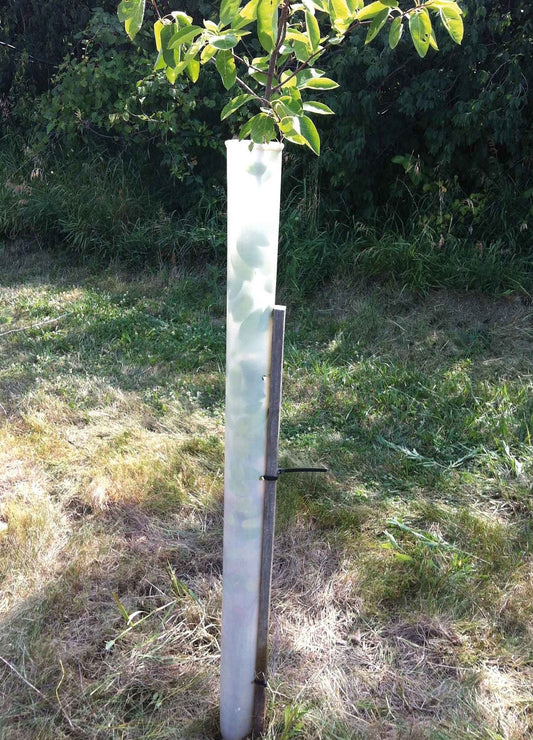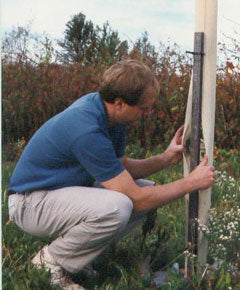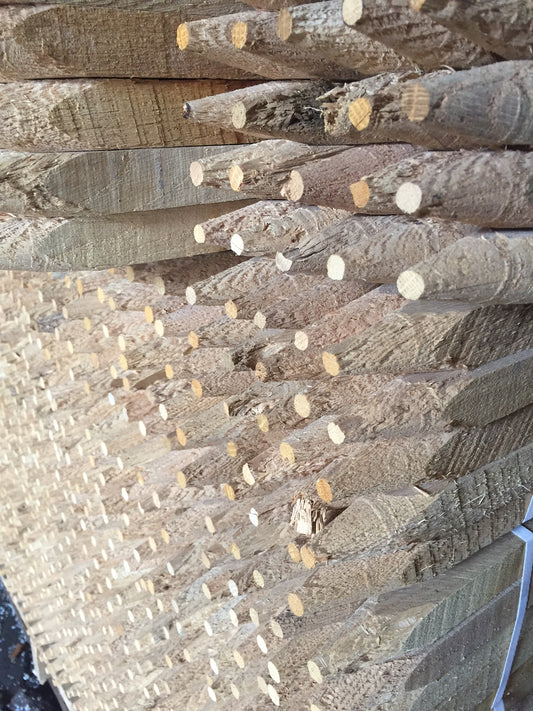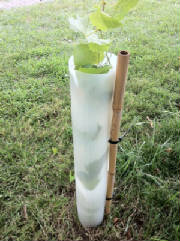CREP & Conservation Districts
Tree Pro + Conservation Districts
Tree Pro has a long standing relationship with Conservation Districts in every state that help fund their own operations. Conservation Districts were the first customers we had in 1987. We have made it our highest priority to help conservation districts in any way we can, whether it be with advice or products. If you are planning a planting with your CD or work at a CD, give us a call to find out how we can help you and your conservation district.
Conservation Reserve Enhancement Program (CREP)
Similar to the Conservation Reserve Program (CRP) it is a voluntary land retirement program designed to protect environmentally sensitive land, decrease erosion, restore wildlife habitat, and safeguard ground and surface water.
The enhancement comes in part from the additional cost-share and incentive payments provided by state and private conservation organizations. It also reflects a greater level of commitment to removing pollutants from our waterways.
CREP's emphasis is on solving problems in environmentally sensitive areas, primarily resulting from agricultural run-off and stream-bank erosion.
With funding and expertise from several sources, CREP provides farmers, producers, and ranchers with a solid financial package for conserving and enhancing our natural resources.
Many CREP programs consist of planting buffer strips between waterways and pollution sources, such as cow pastures and crop fields.
For more information go to: http://www.fsa.usda.gov.
Also, the following link below will help you find the local NRCS office. Local NRCS
RIPARIAN BUFFERS
Riparian buffers are one method CREP used to prevent pollutants from reaching streams. This consists of planting trees, shrubs, and grasses that catch pollutants in both surface runoff and ground water before those pollutants reach a body of water, such as a stream or lake.
THE TREE ADVANTAGE
Trees provide significantly more and better filtration of pollutants than do grasses. Tree root depth and mass are significantly greater than the roots of grasses covering the same area.
Moreover, the leaf surface area of trees is of greater magnitude than the leaf surface area of grasses in the same area. That means that more water and other compounds are respired at a much greater rate.
RESTORING TROUT STREAMS
Trees also provide shade necessary to keep water temperatures within normal ranges. The decline in trout populations is directly related to elevated stream temperatures, which often results from removal of trees to provide pasture land.
In addition, some grasses actually thrive under tree canopies, thus providing the best of both worlds.
PROTECT YOUR BUFFER
On the whole, planting trees provides exceptional benefits to CREP landowners, farmers, producers and ranchers. But once trees are planted, it's crucial that they be protected. There's nothing worse than having to do the same job twice, which is exactly what happens when trees go unprotected.
Tree Pro Tree Survival Products
-
Miracle Tube Tree Grow Tube
Regular price From $6.50Regular priceUnit price / per -
Tree Pro Tree Protector
Regular price From $6.50Regular priceUnit price / per -
Tree Support Stake
Regular price From $11.00Regular priceUnit price / per -
Vine Pro Vineyard Grow Tube
Regular price From $8.25Regular priceUnit price / per




